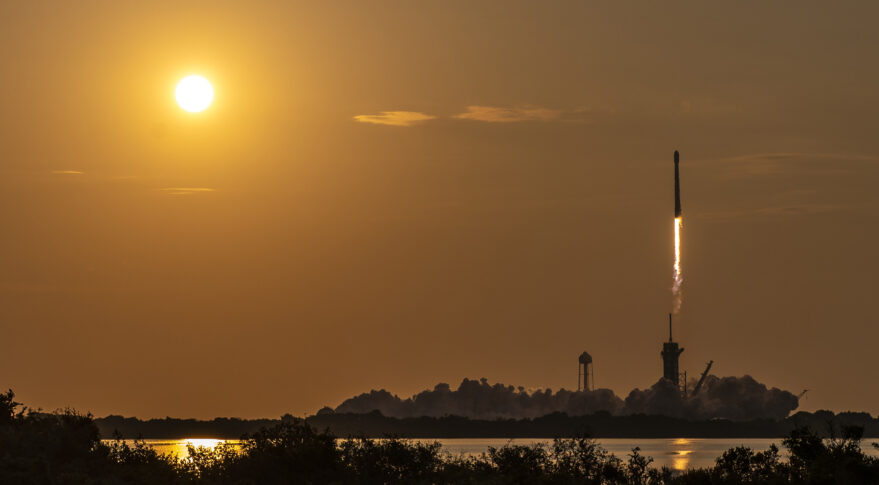
US appeals court upholds Starlink deployment change (Image Credit: Space News)
TAMPA, Fla. — A U.S. appeals court Aug. 26 upheld the Federal Communications Commission’s year-old decision to let SpaceX deploy more satellites at lower altitudes to improve the Starlink broadband constellation’s performance.
The FCC’s decision allowed SpaceX to operate all its approved Ku-band and Ka-band satellites at around 550 kilometers above the Earth.
Previously, SpaceX was required to deploy nearly two-thirds of its constellation between 1,100 and 1,300 kilometers, adding more latency for the network.
Nearly two-thirds of the 4,408 satellites SpaceX has permission to deploy in Ku-band and Ka-band are currently in orbit, according to astronomer and spaceflight analyst Jonathan McDowell.
Satellite TV broadcaster Dish Network and broadband competitor Viasat had challenged the modification to SpaceX’s regulatory license to operate at lower altitudes.
Viasat argued that the FCC should have conducted a thorough environmental review of SpaceX’s constellation before letting it operate more satellites at lower altitudes in low Earth orbit (LEO).
Satellite systems have a categorical exemption from the National Environmental Policy Act (NEPA), which requires the FCC and other federal agencies to assess the environmental impacts of their actions.
The FCC implemented the exemption in the mid-1980s based on analysis at the time that individual satellite launches would not have measurable effects on the environment.
However, Viasat says the recent emergence of Starlink and plans for other sizable constellations has created new environmental considerations that need to be addressed.
“We believe that the Court’s decision is a setback for both space safety and environmental protection,” Viasat said in a statement after losing the appeal.
“Had the Court forced the FCC to properly grapple with the complicated issues surrounding deployment of mega-constellations in LEO, we believe harmful impacts that otherwise may persist for decades or even centuries to come could have been avoided.”
Viasat also opposes SpaceX’s request for FCC approval to operate a second-generation constellation of nearly 30,000 satellites, which would operate between 340 and 614 kilometers in LEO, on environmental grounds.
SpaceX has separate approval from the FCC permission to deploy 7,500 LEO satellites operating in V-band.
This article was updated Aug. 26 to add more details on Viasat’s call for a thorough environmental review of Starlink’s plans.








